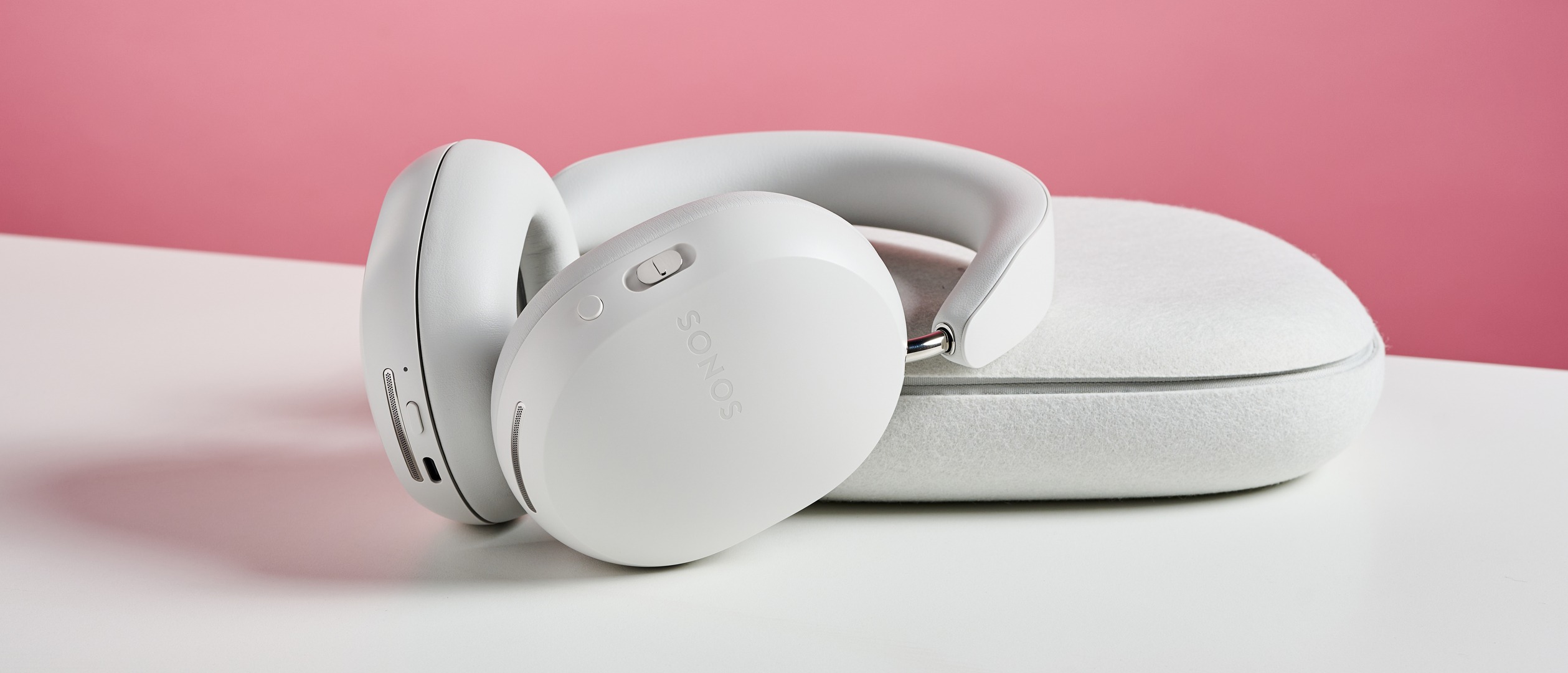The heart rate and body temperature sensors work well, but there are some flaws.
Sennheiser could have simply released a line of IP55-rated wireless headphones and called them Momentum Sport, but it went a step further by adding heart rate and body temperature sensors to the headphones designed for training. These additions will give you more information about workouts, but will also share data with your existing third-party activity apps. Of course, the Momentum Sport must also excel in regular headphones, offering an ergonomic design, active noise cancellation (ANC), touch controls and other common features. Sennheiser has a strong track record when it comes to sound quality, but now it has to balance this with the extensive capabilities of the Momentum Sport.
Sennheiser Momentum Sport

Although the Momentum Sport has a better design than the Momentum 4, it action in key areas. The biometric sensors work well, but the sound quality is inconsistent and the on-board controls are frustrating.
What’s good about the Sennheiser Momentum Sport
The general shape of the Momentum Sport is what I want at Sennheiser for the Momentum True Wireless 4. The rounder profile of the first one suits my ears better and is more comfortable, even if it is a little larger. Without the fit wing, the sporty version still fits well in my ears, although this extra part certainly helps to keep it in place during training. Simply put, this design is more sophisticated and I would like to see the company take a similar direction with its flagship model.

Sennheiser says he was aiming for “a crisp sound and impressive bass” that would help amplify a workout and deliver it. The action setting has noticeably more low-end punch on Justice’s Hyperdrama, amplifying the electronic melodies with a thicker tone layer. This is definitely something that helps with your energy level during body activity. But, as I will discuss after, extra bass is not always a good thing.
The Marquee functions of the Momentum Sport, the monitoring of the heart rate and the body temperature, work well. Thanks to the secure fit of the headphones, you get constant and reliable readings in the Sennheiser Smart Control app. The heart rate readings matched those of my Apple Watch and I confirmed my temperatures with a front scan. The readings of the Momentum Sport were consistent with the other devices every time, which means that the headphones are just as reliable as other home alternatives.

In addition, there is close integration with applications such as Polar, Peloton, Strava and Zwift, allowing you to use Momentum Sport with your devices rather than just sennheier’s app, designed mainly to change settings. However, only Polars Flow supports the measurement of the body temperature of the Momentum Sport. According to Sennheiser, this is because Polar is the only company with an ecosystem that keeps an eye on this metric and supports the appropriate sensors. Whichever third-party application you prefer, you will probably want to synchronize Momentum Sport with one of them, since the Smart Control software only displays real-time values and does not monitor trends or statistics during training.
Although it needs to power more sensors, the Momentum Sport still offers solid autonomy. According to Sennheiser, a single charge provides five and a half hours of playback, and this statement is true. I had no problem reaching this number while testing the Audio loop at a volume of about 65-70%. It is with ANC in normal mode and active heart rate and body temperature sensors. The company claims that you can extend the Momentum Sport’s battery life by 30 minutes if you activate Eco mode in its app. This feature disables aptX Audio and both body tracking sensors.



